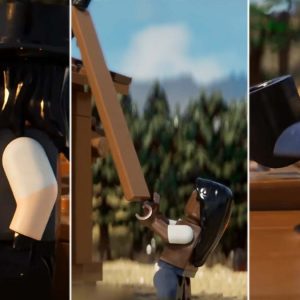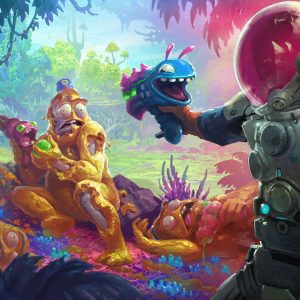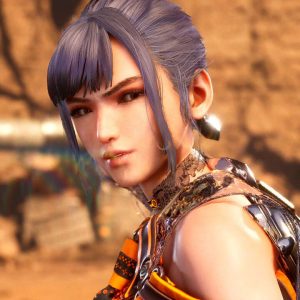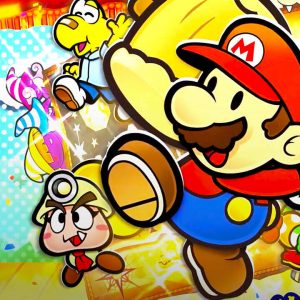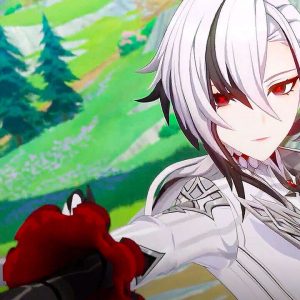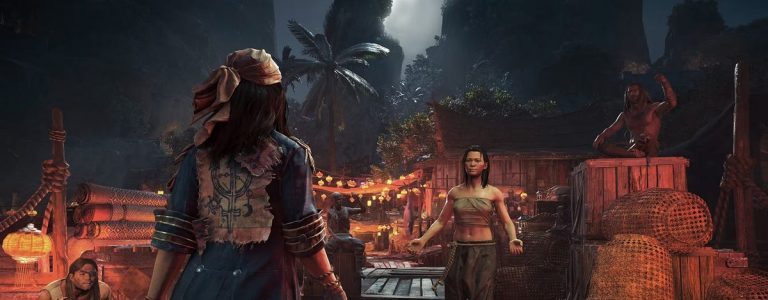
Secret of Mana is celebrating its 30-year anniversary today, August 6, 2023. Below, we look back at what set it apart from other RPGs of its era, and how in some ways it was ahead of its time.
The SNES in the early ’90s ushered in the next generation of games with its 16-bit power, far more than that of its predecessor, and graphics that almost felt unbelievable at the time. RPGs came in by the dozens: Illusion of Gaia, Final Fantasy 3 (aka FF6), Breath of Fire 2, Chrono Trigger, Earthbound. All of these became instant classics or cult favorites down the line. Some were even rereleased on later consoles like the 3DS or even PS1. But one stands out as particularly special, drawing me back to it every year because it’s just as good as when it was released in 1993: Secret of Mana.
Secret of Mana’s lineage actually comes from other legacy titles. The brainchild of Final Fantasy alum Koichi Ishii, it is the sequel to the 1991 Japanese game Seiken Densetsu (meaning “The Legend of the Sacred Sword”), which was released in North America as Final Fantasy Adventure and in Europe as Mystic Quest. Ted Woolsey, a video game producer and American translator, admitted in interviews that the word “mana” used in the game is not a literal translation of the original game. “Seiken” was close enough to “secret” phonetically, and the game was rebranded for the States. That makes Secret of Mana the first Seiken Densetsu title to be marketed as part of the Mana series, rather than a Final Fantasy game.
Of course, we didn’t care about that growing up, especially in my house. We just wanted to play the game! I had just turned 10, and the best thing about it was the ability to play with my brother. Co-op play was unusual for the era, but for RPGs, it was practically unheard of. Secret of Mana allowed up to three players to play together, and even drop in and out as the three key roles using the SNES’s brand-new multiplayer adapter accessory. By pressing Select on the controller, you could jump in and play and switch around the heroes.
The three heroes of the game are Randi, the young man who starts the game by finding the Mana Sword; Primm, the young princess who primarily learns defensive magic throughout the game; and Poipoi, the young sprite child that can use devastating magic attacks. These characters weren’t given proper names until years later as they’re referred to as “Hero” and “Ally” in the game manual with brief character descriptions as you could name them yourself.
The visual style was also especially appealing to a kid like me who had just discovered “Japanimation,” as it was called at the time. Fantasy games like Wizards and Warriors and Ultima still leaned heavily into the Julie Bell and Joe Jusko style of realism. I mean, even Ironsword was just Fabio with a sword on the cover. Though Ultima 3 for the Famicom in Japan had an anime-style cover, while in America it was lined up more with the fare of what was going on here.
The aesthetics and actual landscape of Secret of Mana helped set it apart, too. The game was released two years before Chrono Trigger, and one year before FF3, but here we are mixing sci-fi tech and high sorcery. The concept alone is hardly new, as Flash Gordon and Masters of the Universe had been doing it for decades, but video games had really been either/or. You had your Zeldas and your Metroids, but nothing really in the middle. In Secret of Mana, one minute you’re fighting a tiger in spiked armor and the next, a rider on a hoverbike that starts the fight by negating your magic.
Artists Shinichi Kameoka and Hiroo Isono came together to create this vast world with rich landscapes that even rivaled anything in a Zelda game at the time. Kameoka would go on to be the lead designer for all of the future Mana games. Isono, who passed away in 2013, handled the maps and backgrounds and would go on to also work on other Mana games. Isono’s initial ad for the game was turned into a poster that came with the cartridge. On the back of it was the world map, something I think that’s old-school cool and has been missing in the modern age with the move to games often being digital-only. Though when fan-favorite Tunic had a special edition physical release, this sort of invoked that mentality with offering a map and sticker sheet. So it’s not impossible to get back into.
In addition to being an early RPG to feature co-op, the innovative combat system helped to further distinguish Secret of Mana as a standout game in a golden age for RPGs because it was played in real-time. While you could move freely, pulling up the Ring Command menu would pause the game and allow the players to make decisions in the middle of battle. You could cast spells, use items, change your weapon or even armor on the fly, all while positioning and moving normally outside of the turn-based menu. There was nothing like it at the time, but something that feels very commonplace in modern RPGs. Recent action-based Final Fantasy games like XV and XVI use a system that is similar in spirit, if not in form. Truly, Secret of Mana was ahead of the curve.
Therein lies what makes Secret of Mana so replayable. Most RPGs of the time very cut-and-dried on how you could play your hero or team, especially in the games that released in the West. The first Shining Force game, for example, allowed a player to pick up to 12 characters on a team. If you wanted more ranged, or melee, or stack it with magic users, or find a balance, you could, but the characters themselves were still constrained in how you played them. Games like Romancing SaGa would never come to America until almost a decade later. Even then, the first SaGa game that reached the states was SaGa Frontier for the Playstation. With Mana, the non-linear narrative and setting up your team allowed a player to rethink their strategy and order of quests a second or third time with the game in how they wanted to play.
The characters felt more customizable than other RPGs at the time, even though they have their own role in the team, and you can control how they react to enemies in each battle. Want Randi to be aggressive, while you play as Primm to make sure everybody is healed? Go for it. Do you want Popoi to go ham on his magic or be more reserved? That’s on you, buddy. It’s not the level of customization we eventually got with the likes of Final Fantasy XII with its skill tree and Gambit system, but for its time, it was revolutionary.
But when I think about Secret of Mana, the moments I remember the most are the ones that felt truly epic and larger-than-life. The early promotional ads featured Isono’s art with the trio standing in front of the colossal Mana Tree, and I was just in awe of how massive it was, and how it communicated the unique scope of the game to players. I think back to flying Flammie, your great white dragon, and how it felt like this fantasy adventure had come to life.
Even years later, nothing felt quite like Secret of Mana. Unlike competitive games like Street Fighter, Secret of Mana forced us to cooperate. We had to work together to stay alive and to see our way through an adventure together. Cooperative play and anime influence are less uncommon today than it once was, and Secret of Mana helped chart the course for modern RPGs in its own unique way. Cooperative play and anime influence are exponentially less uncommon today than it once was, and Secret of Mana helped chart the course for modern RPGs in its own unique way.
The products discussed here were independently chosen by our editors.
GameSpot may get a share of the revenue if you buy anything featured on our site.
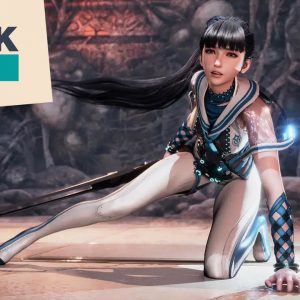

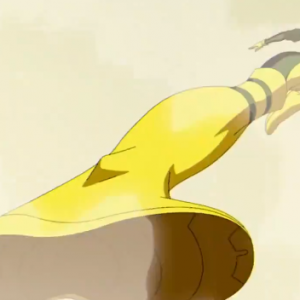


the1.21updateofficialnameis..._minecraftmonthly-youtube-googlechrome4_26_20242_39_36pm-300x300.png)
